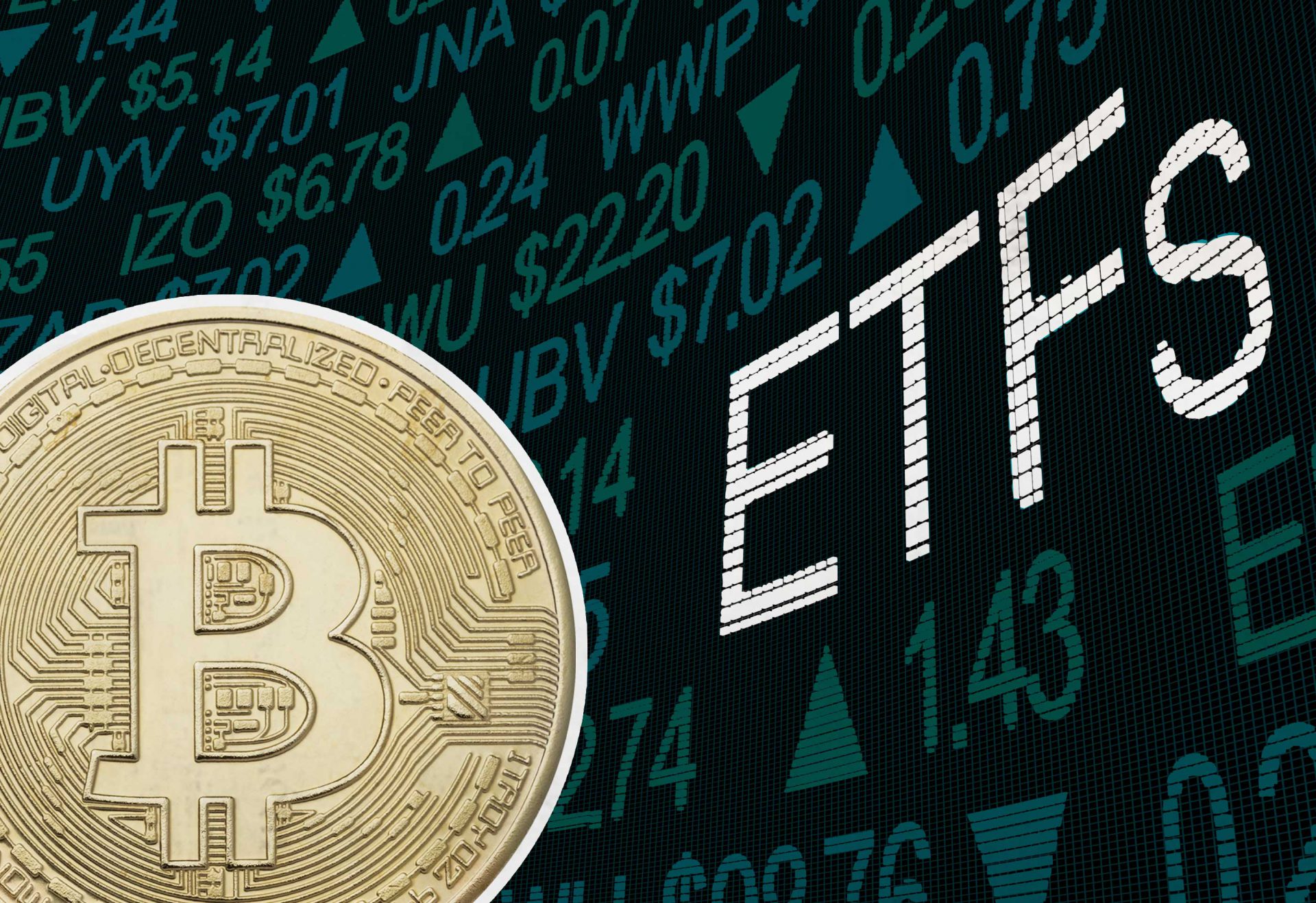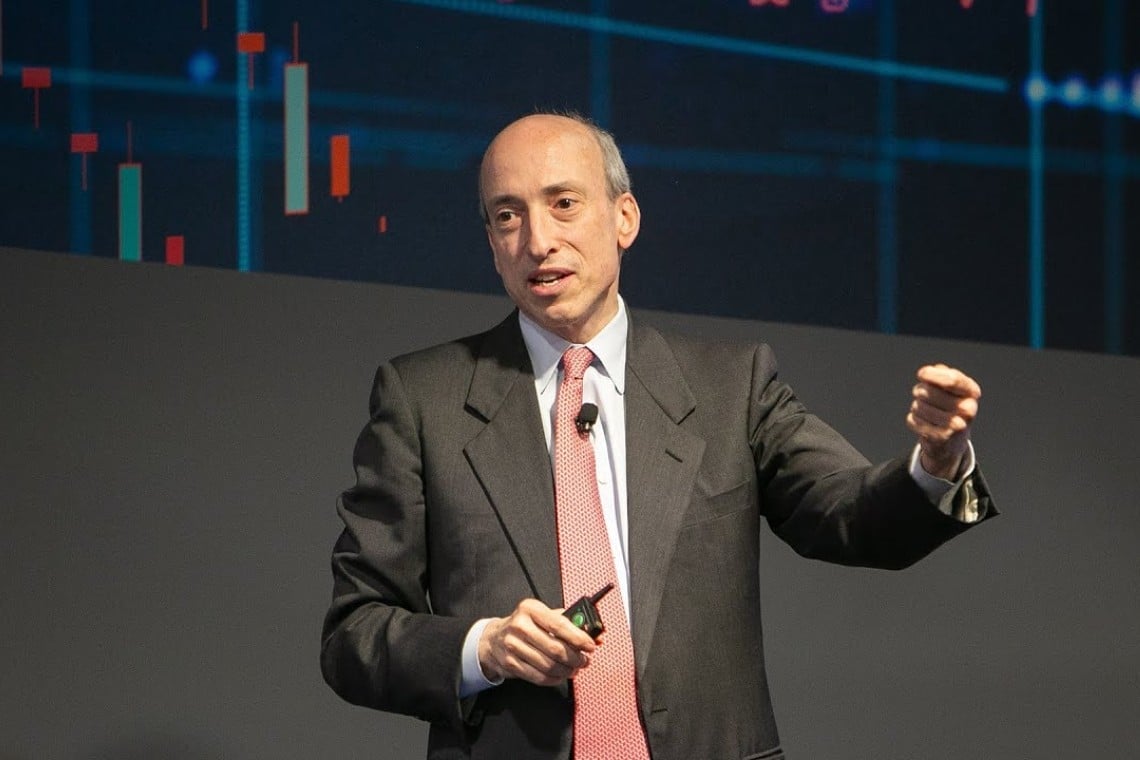Are Bitcoin ETFs Betraying Satoshi's Vision?
Do you remember the first sentence of the Bitcoin white paper? It reads: "A purely peer-to-peer version of electronic cash would allow online payments to be sent directly from one party to another without going through a financial institution".
This was the vision of Satoshi Nakamoto, the mysterious creator of Bitcoin, who wanted to create a decentralized and trustless system of money that would empower individuals and bypass intermediaries.
But what if I told you that this vision is being challenged by a new trend in the crypto space: Bitcoin ETFs
If you're a crypto enthusiast, you've probably heard of the recent approval of the first Bitcoin spot ETF in the US by the SEC. This is a big deal for the cryptocurrency industry, as it opens the door for more mainstream investors and institutions to get exposure to Bitcoin without having to deal with the technical and operational challenges of buying and storing the digital asset.
But have you ever wondered what Satoshi Nakamoto, the mysterious creator of Bitcoin, would think of this development? Would he be happy to see his invention reach new heights of popularity and adoption, or would he be disappointed to see his original idea of a decentralized peer-to-peer payment system compromised by the introduction of centralization and traditional finance?
What are Bitcoin ETFs?
ETF stands for exchange-traded fund, which is a type of investment vehicle that tracks the performance of an underlying asset, such as a stock, a commodity, or a cryptocurrency.
A Bitcoin ETF, therefore, is a fund that invests in Bitcoin and allows investors to buy and sell shares of the fund on a regulated stock exchange, just like any other ETF.
The main advantage of a Bitcoin ETF is that it provides a convenient and accessible way for investors to gain exposure to the price of Bitcoin, without having to deal with the technical and security challenges of buying and storing the cryptocurrency directly.
The main disadvantage, however, is that a Bitcoin ETF introduces a layer of centralization and trust in the Bitcoin ecosystem, which goes against the original idea of Satoshi.
How do Bitcoin ETFs affect Satoshi's vision?
Bitcoin ETFs affect Satoshi's vision in two main ways: by changing the nature of Bitcoin ownership and by influencing the Bitcoin network.
Changing the nature of Bitcoin ownership
One of the key features of Bitcoin is that it allows users to have full control and sovereignty over their own money. As Satoshi wrote: "With e-currency based on cryptographic proof, without the need to trust a third party middleman, money can be secure and transactions effortless."
However, when investors buy shares of a Bitcoin ETF, they do not actually own any Bitcoin. They only own a claim on the Bitcoin that the ETF provider holds in custody. This means that they have to trust the ETF provider to securely store and manage the Bitcoin on their behalf, and to honour their redemption requests when they want to sell their shares.
This also means that they do not have access to the private keys that control the Bitcoin, and therefore they cannot use them for any other purpose than speculation. They cannot spend, send, or donate their Bitcoin to anyone. They cannot participate in the Bitcoin network as nodes or miners. They cannot benefit from the innovation and development of the Bitcoin ecosystem, such as the Lightning Network or other layer-two solutions.
In other words, they are giving up the essence of what makes Bitcoin unique and valuable, and reducing it to a mere financial asset.
Influencing the Bitcoin network
Another way that Bitcoin ETFs affect Satoshi's vision is by influencing the Bitcoin network, which is the distributed system of computers that validate and process transactions on the Bitcoin blockchain.
The Bitcoin network is secured by a consensus mechanism called proof-of-work, which requires miners to expend computational power and electricity to solve complex mathematical puzzles and earn newly minted bitcoins as a reward.
The security and integrity of the network depend on the balance and diversity of the mining power, which reflects the economic incentives and interests of the miners.
However, when investors buy shares of a Bitcoin ETF, they are indirectly affecting the supply and demand of Bitcoin, and therefore its price. A higher price of Bitcoin means a higher mining reward, which attracts more miners to join the network and increase the mining power.
This may sound like a good thing, but it also creates some potential risks. For example, if a large portion of the Bitcoin supply is locked up by ETF providers, it may reduce the liquidity and availability of Bitcoin for other users and purposes. This may create artificial scarcity and volatility, and make Bitcoin more susceptible to manipulation and attack.
Moreover, if the ETF providers become dominant players in the Bitcoin market, they may have disproportionate influence over the Bitcoin network and its governance. They may lobby or pressure the Bitcoin developers and miners to adopt certain changes or upgrades that favour their interests, such as increasing the block size, changing the consensus rules, or implementing new features.
This may undermine the decentralization and democracy of the Bitcoin network, and compromise its vision of being a peer-to-peer and open-source system.
The debate over Bitcoin ETFs and Satoshi's vision of Bitcoin is not new, and it has been going on for years among various experts and influencers in the Bitcoin space.
Gary Gensler, the chairman of the SEC, who approved the first Bitcoin spot ETF in the US, said in an interview with Bloomberg that Bitcoin ETFs change the original idea of Bitcoin as a decentralized peer-to-peer payment system, and introduce centralization and traditional finance into the Bitcoin ecosystem. He believes that the current version of Bitcoin stands far away from the original vision of Satoshi Nakamoto. Gary said that over the years, bitcoin integration has led to centralization which is ironic to people claiming that the spot ETF approval was “historic”.
SEC Chairman Gary Gensler
Conclusion
Bitcoin ETFs are a double-edged sword. On one hand, they offer a simple and mainstream way for investors to access the Bitcoin market, and potentially boost the adoption and awareness of Bitcoin as a new asset class. On the other hand, they challenge the original vision of Satoshi Nakamoto, who envisioned Bitcoin as a decentralized and trustless system of money that would empower individuals and bypass intermediaries.
What do you think? Are Bitcoin ETFs betraying Satoshi's vision, or are they helping it?
Comment your thoughts below.
































![[ℕ𝕖𝕧𝕖𝕣] 𝕊𝕖𝕝𝕝 𝕐𝕠𝕦𝕣 𝔹𝕚𝕥𝕔𝕠𝕚𝕟 - I Think I Have Crypto PTSD](https://cdn.bulbapp.io/frontend/images/819e7cdb-b6d8-4508-8a8d-7f1106719ecd/1)




